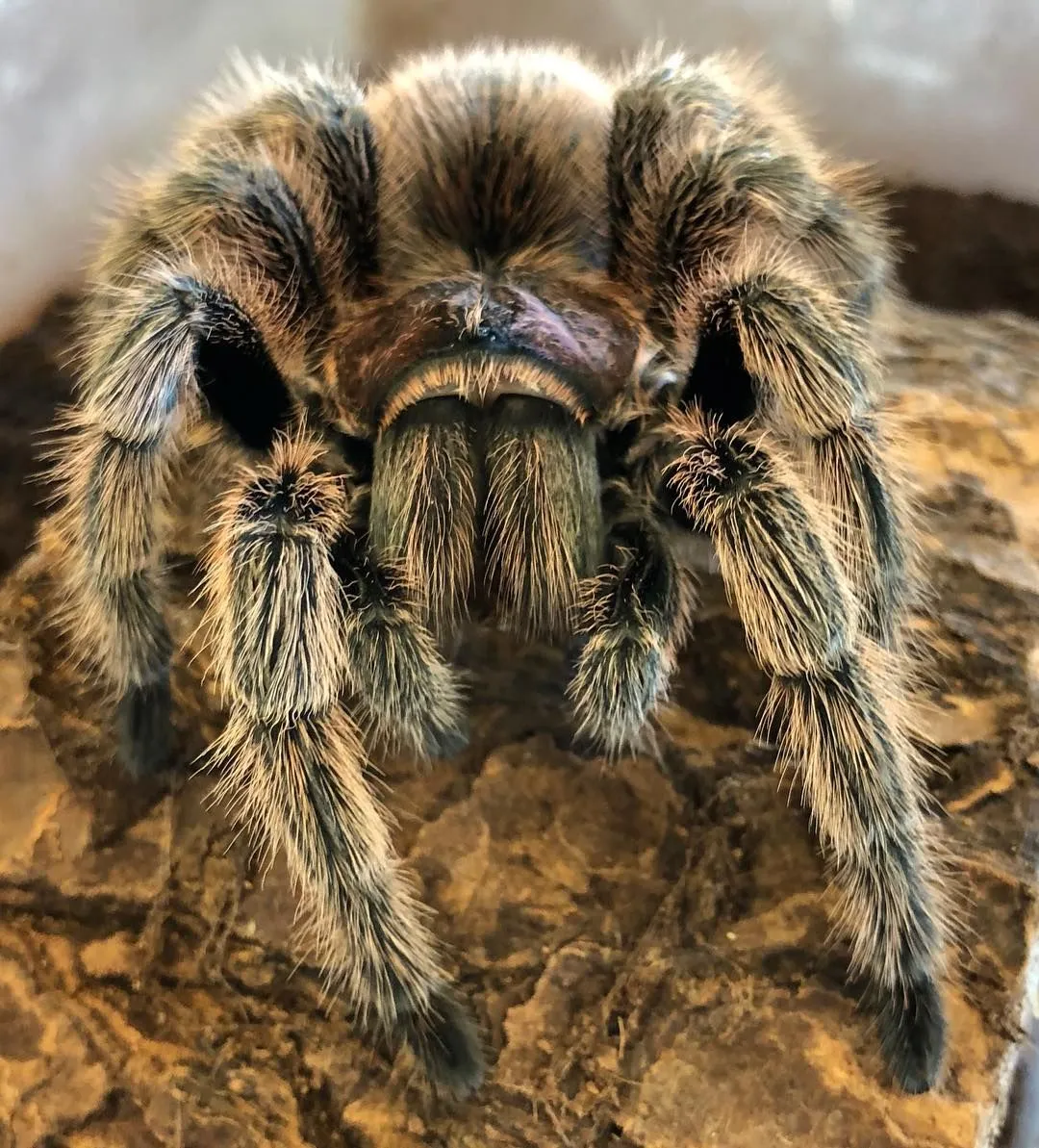What is a Rose Hair Tarantula?
The Rose Hair Tarantula (Grammostola rosea) is a popular pet tarantula, celebrated for its docile nature, relatively low maintenance requirements, and striking appearance. Native to the grasslands of South America, particularly Chile, Bolivia, and Argentina, these spiders have become a favorite among both novice and experienced arachnid enthusiasts. Their gentle disposition and ability to tolerate handling, to some extent, make them an accessible entry point into the world of exotic pets. Understanding their basic characteristics is the first step in determining what the ultimate cost will be to own one.
Appearance and Characteristics
Rose Hair Tarantulas are known for their beautiful coloration and relatively calm temperament. They typically display a reddish-brown or bronze hue, with long, thick hairs covering their bodies. They get their name from the pinkish or rose-colored hairs that adorn their carapace and legs, though the intensity of this color can vary. Females tend to be larger than males, with a lifespan that can extend up to 20 years, making them a long-term commitment. These spiders are generally slow-moving and prefer to spend their time burrowing or hiding, contributing to their overall appeal as low-key pets.
Lifespan of a Rose Hair Tarantula
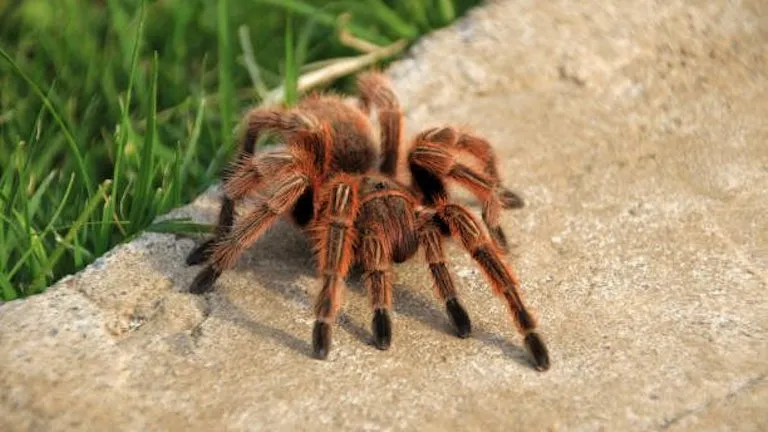
One of the most significant factors impacting the long-term cost of owning a Rose Hair Tarantula is its lifespan. Females can live for an impressive 15 to 20 years, while males typically have a shorter lifespan, often only 5 to 10 years after reaching maturity. This extended lifespan means you’ll be responsible for providing consistent care, including food, housing, and any necessary veterinary attention, for a considerable period. The longevity of these spiders should be a major consideration when calculating the total cost of ownership, as it will affect the overall financial commitment you make.
Factors Influencing Rose Hair Tarantula Cost
The initial cost of a Rose Hair Tarantula can vary quite a bit, depending on several factors. Understanding these elements is crucial for making an informed purchase and budgeting appropriately. The price isn’t simply a fixed number; rather, it is influenced by the spider’s age, size, genetic morph, and the reputation of the seller. These factors affect not only the purchase price but also the ongoing costs associated with their care.
Size and Age
Generally, younger Rose Hair Tarantulas, or spiderlings, are less expensive than adults. A spiderling might cost significantly less than a mature adult. However, spiderlings are more delicate and require a more controlled environment. While the initial cost is lower, you’ll need to factor in the cost of more frequent feedings, and the potential for increased risk of health issues due to their fragility. Adult tarantulas, while pricier upfront, are often hardier and more established, potentially reducing long-term care concerns.
Morph and Color Variations
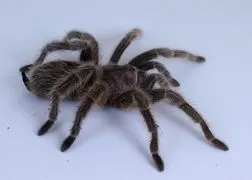
Rose Hair Tarantulas exhibit variations in color and pattern, sometimes referred to as morphs. While not as pronounced as in some other tarantula species, variations in color intensity and specific markings can exist. More unique or vibrant morphs, though less common, might command a higher price. This difference is often due to selective breeding or rarity. However, these variations are less significant than the basic factors such as size or age, influencing the ultimate cost by a relatively small amount.
Seller Reputation and Source
The reputation of the seller plays a pivotal role in determining the cost and, importantly, the health of your new Rose Hair Tarantula. Reputable breeders and pet stores will often charge a premium for their tarantulas, but this price is usually justified by their commitment to the health and well-being of their spiders. They often provide valuable information about the spider’s history, origin, and any specific care requirements. Purchasing from a reputable source minimizes the risk of acquiring a tarantula with health issues or from unethical breeding practices. Conversely, purchasing from less reputable sources might save money initially but could lead to higher costs in the long run due to potential health problems and inadequate care advice. Consider visiting breeders to assess their practices and the condition of their tarantulas.
Housing and Equipment Costs
Setting up the appropriate habitat for your Rose Hair Tarantula is an essential part of the initial cost. This includes the enclosure itself, the substrate to line the enclosure, and any decorative or functional items to enrich the spider’s environment. The size and type of enclosure will depend on the size and age of the tarantula, while the choice of substrate and décor can affect both the spider’s well-being and the overall aesthetic appeal of its habitat.
Enclosure Setup
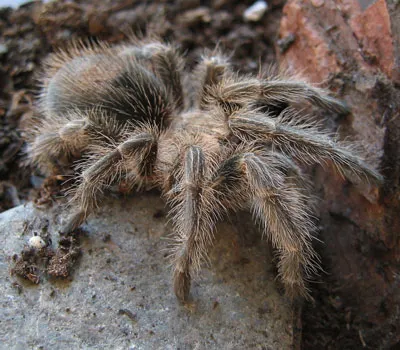
The enclosure is the most significant initial expense. A juvenile Rose Hair Tarantula can comfortably live in a smaller enclosure, such as a 5-10 gallon tank, while a full-grown adult will require a larger one, typically 10-20 gallons or more. The enclosure should be escape-proof, well-ventilated, and made of a material that’s easy to clean, such as glass or acrylic. The cost of the enclosure varies depending on size, material, and any additional features like pre-drilled ventilation holes or built-in feeding holes.
Substrate and Decor
The substrate is the material that lines the bottom of the enclosure. Suitable substrates for Rose Hair Tarantulas include coconut fiber, peat moss, or a mixture of both. These materials help maintain humidity levels and allow the tarantula to burrow, which is a natural behavior. The substrate must be replaced periodically. Decorating the enclosure with items like cork bark, artificial plants, and a water dish enhances the habitat and provides the tarantula with opportunities to explore and hide. While the cost of these items may be relatively low individually, they add up, so it is best to consider your budget carefully.
Feeding and Maintenance Costs
Feeding and maintaining a Rose Hair Tarantula involves recurring costs, including the food itself and any necessary cleaning supplies or equipment. These costs will depend on the spider’s age, its size, and how frequently it needs to be fed. Proper feeding and maintenance are essential for the spider’s health and well-being, so it’s a necessary budget component.
Type of Food
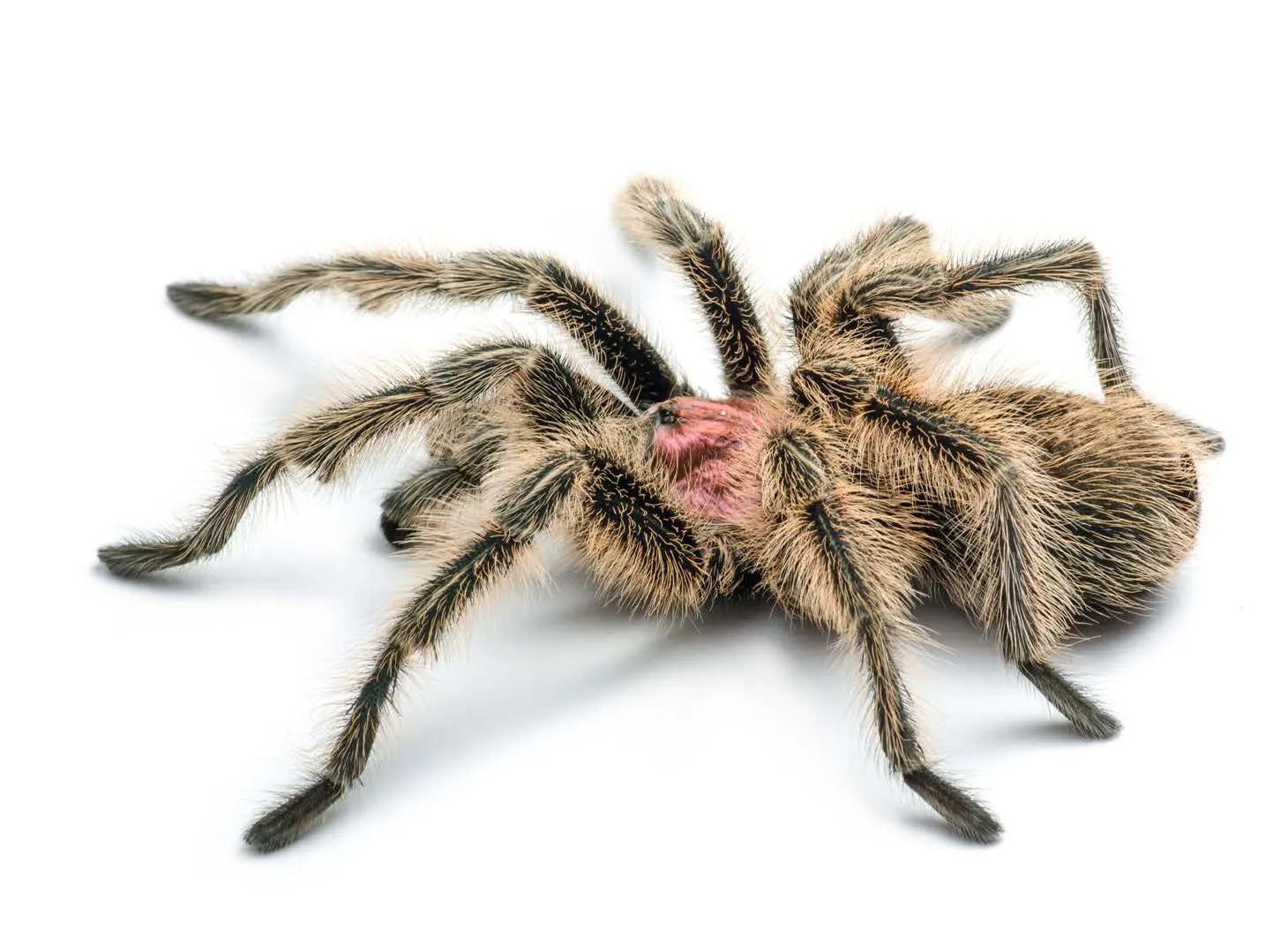
Rose Hair Tarantulas primarily eat insects, such as crickets, mealworms, and roaches. The best food source depends on availability and your preferences. Crickets are a common and readily available food source but can be noisy and require their own enclosure. Mealworms are easier to manage but may lack certain nutrients. Roaches are another option, known for their nutritional value and ease of breeding, though they may be subject to local regulations. The cost of food varies, with bulk purchasing often being the most cost-effective method. Be sure to consider the nutritional value of the food and the spider’s overall dietary needs.
Frequency of Feeding
The frequency of feeding will vary depending on the tarantula’s age and size. Spiderlings require more frequent feedings, usually every 2-3 days, while adult tarantulas can be fed less often, perhaps once or twice a week. Overfeeding can lead to health problems, so it’s crucial to adjust the feeding schedule according to the tarantula’s needs and activity level. The cost of food will, of course, depend on how often you are feeding your tarantula. It’s advisable to monitor the spider’s abdomen size to determine whether it’s getting enough food. A plump abdomen indicates a well-fed spider, whereas a thin abdomen suggests that it might need to eat more often.
Long-Term Costs and Considerations
Beyond the initial setup and ongoing feeding expenses, there are other long-term costs to consider when owning a Rose Hair Tarantula. These can include veterinary care in the event of illness or injury, replacement of equipment, and potential costs associated with addressing any health issues that might arise over the spider’s lifespan. These additional costs, while potentially infrequent, can significantly impact the overall expense of ownership.
Veterinary Care
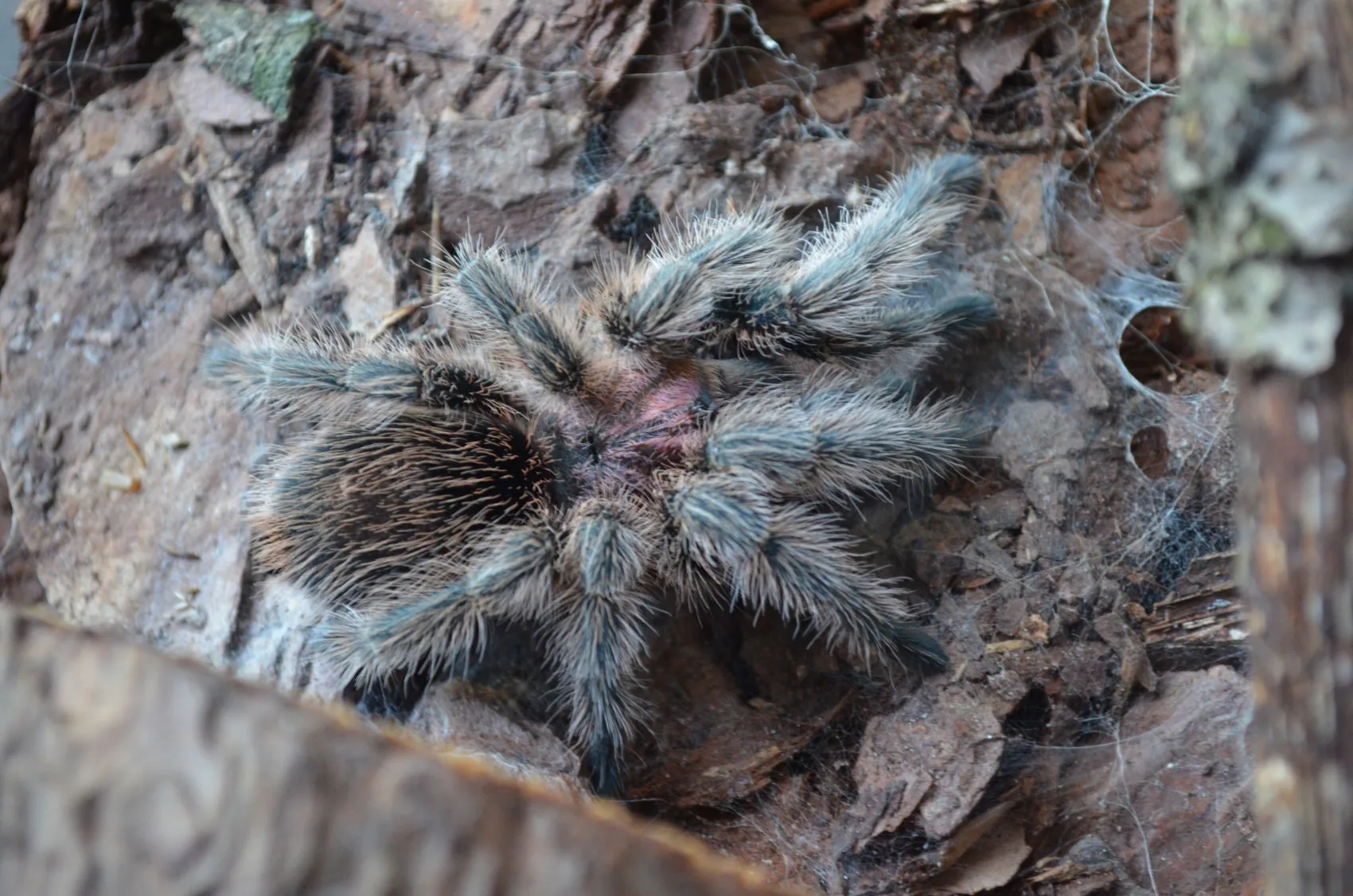
While Rose Hair Tarantulas are generally hardy, they can still get sick or injured. Finding a veterinarian experienced in treating arachnids can be challenging and potentially costly. Regular check-ups aren’t typically required for tarantulas, but it’s essential to have a vet in mind in case of emergencies. The cost of veterinary care can vary significantly, depending on the nature of the issue and the specific treatments required. This is one area where the cost is difficult to predict, making it essential to have an emergency fund to cover unexpected medical expenses.
Potential Health Issues
Rose Hair Tarantulas can be susceptible to certain health issues, such as mites, fungal infections, and molting problems. These issues can result in additional costs for treatment, medications, or specialized care. Prevention is key, achieved through proper husbandry, including maintaining appropriate humidity and cleanliness. Regular monitoring of the spider’s behavior and appearance can help you detect potential health issues early on, reducing the likelihood of more costly treatments.
Comparing Rose Hair Tarantula Costs
When evaluating the cost of a Rose Hair Tarantula, it is important to consider the different price points. The initial cost might be the most obvious, but it’s essential to factor in the recurring expenses like food and substrate replacement. Comparing the initial investment with the ongoing costs will give you a more comprehensive understanding of the financial commitment involved. For example, a younger spiderling might have a lower initial price, but the ongoing costs of more frequent feedings could be higher. Conversely, an adult tarantula may cost more upfront, but its maintenance costs may be lower. Consider your lifestyle, your experience with pet ownership, and the amount of time you are willing to commit to caring for the spider.
Where to Buy a Rose Hair Tarantula
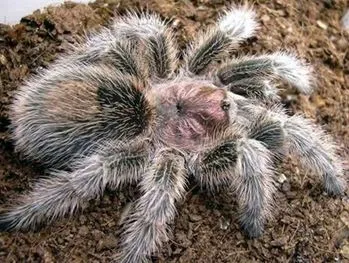
Acquiring a Rose Hair Tarantula should involve research to ensure you’re getting a healthy specimen from a reputable source. Local pet stores often carry tarantulas, but the selection may be limited. Specialty reptile and exotic pet stores frequently have a wider variety of tarantulas and can provide expert advice. Online breeders and marketplaces are also an option, offering a broad selection and sometimes lower prices. However, when buying online, it’s important to check reviews and ensure that the seller provides detailed information about the spider’s origin and health. Inspecting the tarantula in person, whenever possible, is recommended to assess its overall condition and confirm that it is alert and active.
Ultimately, the cost of a Rose Hair Tarantula is a multifaceted consideration that extends beyond the initial purchase price. Careful planning, budgeting, and a commitment to responsible pet ownership are essential for providing your tarantula with a healthy and fulfilling life. By understanding all aspects of the costs involved, you can make an informed decision and enjoy the fascinating world of these remarkable creatures.
